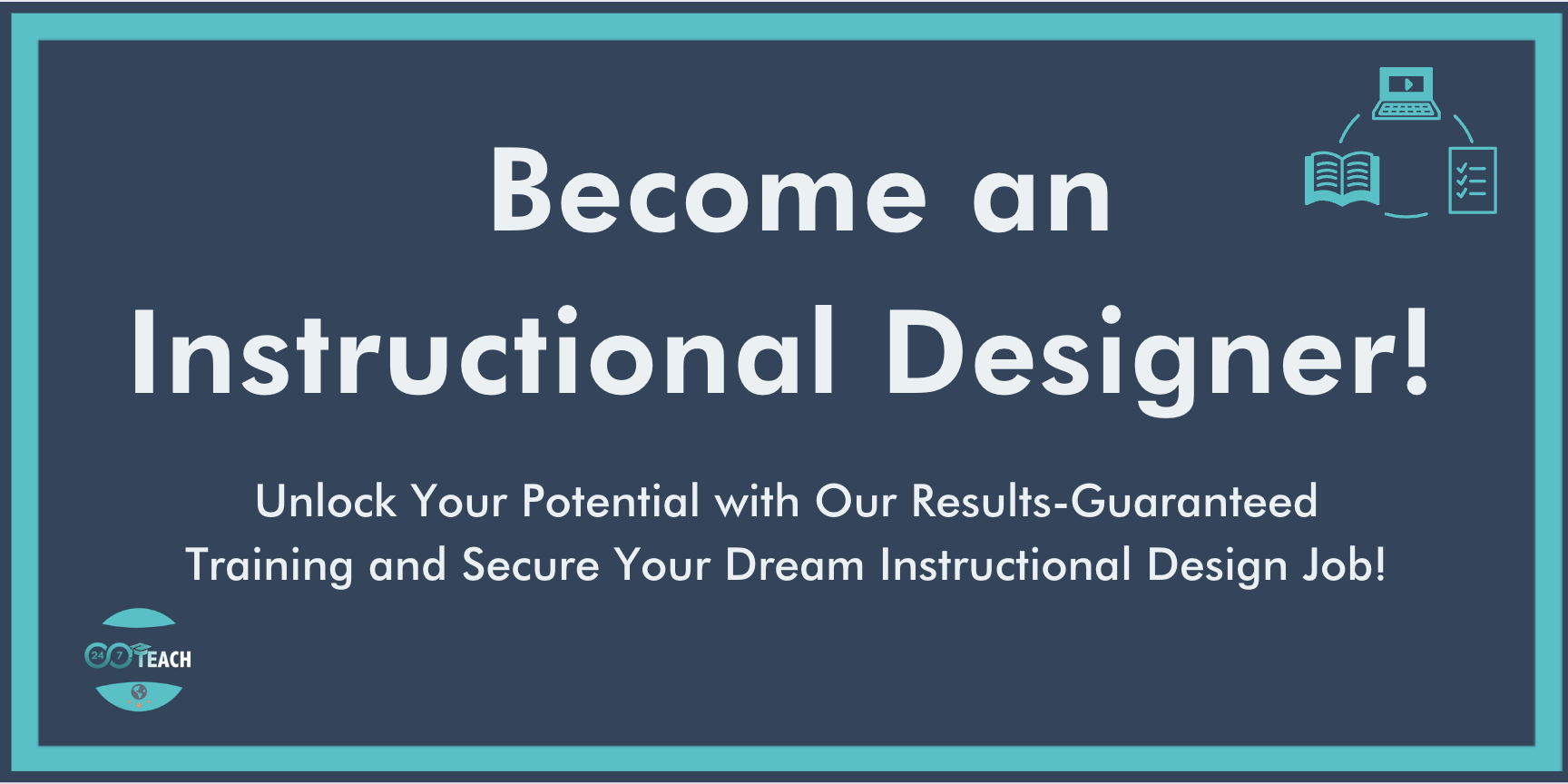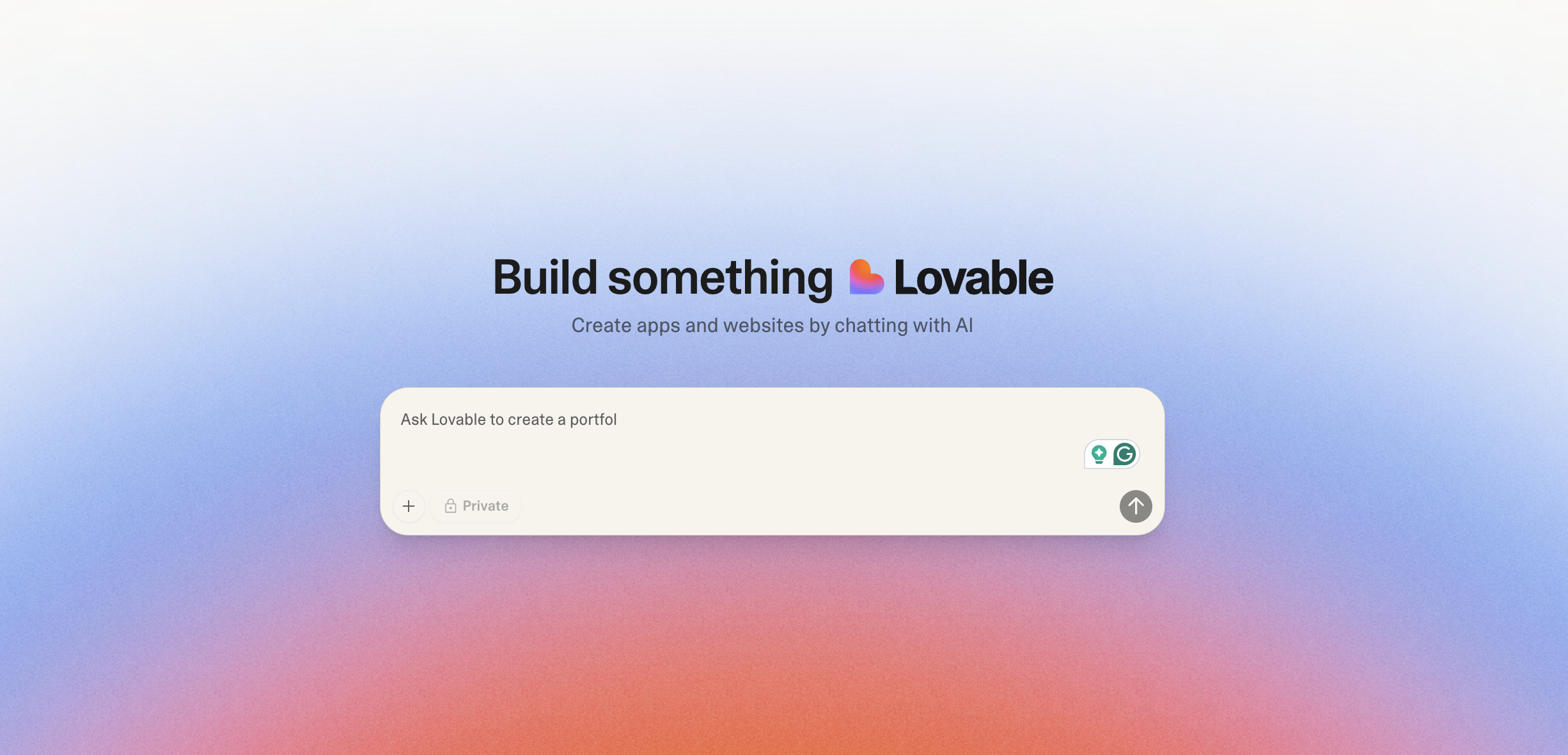Experiential Learning Design Frameworks and Learning Theories for Instructional Designers
By Justice Jones
Lead Instructional Designer
Prefer to listen to this post? Click below.
What are Experiential Learning Design Frameworks?
Introduction
In the dynamic field of instructional design, staying abreast of evolving methodologies is crucial. Among these, experiential learning is a powerful approach, offering immersive, practical experiences that significantly enhance learning outcomes. This blog post delves into various experiential learning design frameworks and learning theories, providing instructional designers with insights to enrich their practice.
Understanding Experiential Learning
Experiential learning is rooted in the concept that learning is most effective when learners are actively engaged in reflective and hands-on experiences. This approach contrasts with traditional didactic methods, emphasizing real-world application over theoretical knowledge.
Key Principles:
Direct Experience: Learners engage in activities that offer practical, real-world experiences.
Reflection: Critical reflection on these experiences is vital for learning.
Conceptualization: Learners abstract and conceptualize their experiences into broader understandings.
Application: Applying learned concepts in new situations reinforces and expands learning.
Kolb’s Experiential Learning Theory
Developed by David Kolb in the 1980s, this theory is foundational in experiential learning. It proposes a four-stage learning cycle:
Concrete Experience: Learners encounter new experiences or reinterpret existing experiences.
Reflective Observation: Learners reflect on the experience from multiple perspectives.
Abstract Conceptualization: Learners integrate their reflections into new ideas or concepts.
Active Experimentation: Learners apply their new understanding in the world, leading to new experiences.
Dewey’s Model of Experiential Learning
John Dewey, an early 20th-century educator and philosopher, laid the groundwork for modern experiential learning theories. He emphasized the importance of experience in education and proposed a five-step model:
A Genuine Situation of Experience: The experience must be real and meaningful.
A Need to Know: The experience should create a natural curiosity.
Support in Inquiry: Learners should be guided in exploring and understanding the experience.
Reflection: Reflecting on the experience is key to internalizing learning.
Application: The final step involves applying the new knowledge or skills.
The 70:20:10 Framework:
This framework suggests that 70% of learning comes from job-related experiences, 20% from interactions with others, and 10% from formal educational events. It’s particularly relevant in corporate training and development.
Implementation:
70% - Experiential Learning: On-the-job tasks, challenges, and problem-solving.
20% - Social Learning: Learning from others through coaching, mentoring, and collaborative learning.
10% - Formal Learning: Structured courses and training.
The 5E Instructional Model
This model, often used in science education, consists of five phases:
Engage: Stimulate interest and curiosity.
Explore: Hands-on exploration and inquiry.
Explain: Conceptual understanding through explanation.
Elaborate: Extend and apply learning.
Evaluate: Assess understanding and skills.
Gagné’s Nine Events of Instruction
While not exclusively experiential, Gagné’s framework can be adapted to experiential learning contexts. It includes:
Gain Attention
Inform Learners of Objectives
Stimulate Recall of Prior Learning
Present the Content
Provide Learning Guidance
Elicit Performance
Provide Feedback
Assess Performance
Enhance Retention and Transfer
Constructivist Learning Theory
Constructivism posits that learners construct their own understanding and knowledge of the world, through experiencing things and reflecting on those experiences. Key aspects include:
Learner-Centered: Learners actively construct their knowledge.
Problem-Based Learning: Real-world problems encourage exploration and learning.
Collaboration: Learning is often enhanced in a social context.
Situated Learning Theory
Situated learning theory suggests that learning is inherently tied to the activity, context, and culture in which it occurs. This theory emphasizes:
Authentic Context: Learning occurs in situations mirroring real-life contexts.
Social Interaction: Learning is a collaborative, community-based process.
Reflection: Reflection on real-world experiences is crucial.
The ADDIE Model
ADDIE—Analysis, Design, Development, Implementation, Evaluation—is a widely used model in instructional design. Though not exclusively for experiential learning, it can structure experiential learning designs effectively.
The SAM Model
The Successive Approximation Model (SAM) is an agile development model. It’s iterative, allowing for continuous improvement and adaptability, making it suitable for designing experiential learning programs.
Bandura’s Social Learning Theory
Albert Bandura’s theory emphasizes learning through observation, imitation, and modeling. It's particularly relevant in the design of mentoring and coaching experiences.
Problem-Based Learning (PBL)
Problem-Based learning is a learner-centered approach where students learn about a subject through the experience of solving open-ended problems. In PBL, learners are presented with a problem and use self-directed learning strategies to solve it. This approach is highly effective in developing critical thinking and problem-solving skills.
Key Features:
Real-World Problems: Problems are complex, ill-structured, and mirror real-world scenarios.
Self-Directed Learning: Learners take responsibility for their learning process.
Facilitator's Role: Instructors act as facilitators or guides rather than traditional teachers.
Project-Based Learning (PjBL)
Project-Based learning involves students in a dynamic process of inquiry and problem-solving related to an engaging and complex question, problem, or challenge. Students often work in teams and create a project or presentation as the final product.
Implementation:
Authentic Tasks: Projects are centered around authentic, real-world tasks and challenges.
Critical Thinking: Encourages students to apply critical thinking and problem-solving skills.
Collaboration: Fosters collaborative skills as learners work in groups.
Service Learning
Service Learning combines learning objectives with community service. This approach enriches the learning experience, teaches civic responsibility, and strengthens communities.
Key Aspects:
Community Service: Students engage in activities that meet community needs.
Integrated Learning: Learning objectives are tied directly to the service activity.
Reflection: Students reflect on their experience, its impact, and the learned skills.
Transformative Learning Theory
Developed by Jack Mezirow, this theory focuses on the process of perspective transformation. It involves experiencing a deep, structural shift in the basic premises of thought, feelings, and actions.
Elements:
Critical Reflection: Reflecting on assumptions and beliefs.
Rational Discourse: Engaging in discussions to validate new perspectives.
Experience: Learning from experience is central to transforming perspectives.
Game-Based Learning (GBL)
Game-Based learning involves the use of games to enhance the learning experience. GBL can motivate learners, promote dynamic participation, and help develop problem-solving skills.
Features:
Engagement: Games are engaging and can make learning more enjoyable.
Feedback: Immediate feedback helps learners understand their progress.
Adaptability: Games can be adapted for various learning styles and objectives.
Technology-Enhanced Learning (TEL)
With the integration of technology in education, TEL offers diverse opportunities for experiential learning through virtual simulations, augmented reality (AR), and virtual reality (VR).
Advantages:
Accessibility: Technology makes learning experiences more accessible.
Interactivity: Interactive simulations provide immersive learning experiences.
Customization: Learning experiences can be tailored to individual needs.
Narrative Learning
Narrative learning involves using storytelling and narratives as a tool for learning. Stories can be powerful means to capture attention, convey complex concepts, and connect emotionally with learners.
Key Principles:
Storytelling: Utilizing narratives to frame learning concepts.
Engagement: Stories engage learners emotionally and cognitively.
Contextualization: Providing context and relevance to the learning material.
Experiential Learning in Online Environments
With the rise of e-learning, experiential learning has adapted to online environments. Techniques include interactive scenarios, simulations, and collaborative projects that can be facilitated through digital platforms.
Online Adaptations:
Virtual Simulations: Online simulations replicate real-world scenarios.
Collaborative Tools: Digital platforms facilitate group collaboration.
Interactive Content: Interactive elements enhance engagement and learning.
Flipped Classroom Model
The flipped classroom is a pedagogical model in which the traditional lecture and homework elements are reversed. Pre-classroom activities involve watching lectures, and classroom time is devoted to exercises or projects, promoting a more hands-on learning experience.
Implementation:
Pre-Classroom Activities: Learners engage with lecture material at home.
In-Class Activities: Classroom time is used for interactive, experiential learning activities.
Final Reflections
Incorporating experiential learning into educational design not only enhances the learning experience but also prepares learners to meet the challenges of an ever-changing world. As instructional designers, our role is to harness these varied frameworks to foster a deeper understanding, critical thinking, and practical application of knowledge. The future of education lies in our ability to adapt, innovate, and inspire through experiential learning methodologies.
This comprehensive exploration of experiential learning frameworks and theories underscores the dynamic nature of instructional design. As we embrace these diverse methodologies, we pave the way for more engaging, effective, and meaningful learning experiences. The journey of learning is continuous, and as instructional designers, we are at the forefront of shaping this exciting and evolving landscape.
Discussion Question:
Join the conversation and participate with the 24/7 Instructional Design community by answering the DQ in the comment section below:
Reflecting on the various experiential learning frameworks and theories in the blog post, which one do you find most applicable to your current instructional design projects, and why? Additionally, how might you integrate this framework or theory into your design to enhance the learning experience and outcomes for your learners?
Need Guidance on Navigating the Shift to Instructional Design?
Before You Go...
Discover the Unmatched 24/7 Teach Experience:
Our Instructional Design bootcamps and career coaching services have a 100% success rate. We redefine learning by immersing you in practical, hands-on projects, ensuring you acquire vital professional expertise while making a meaningful difference in your community.
Unlock your true potential today with 24/7 Teach and invest in your future.











